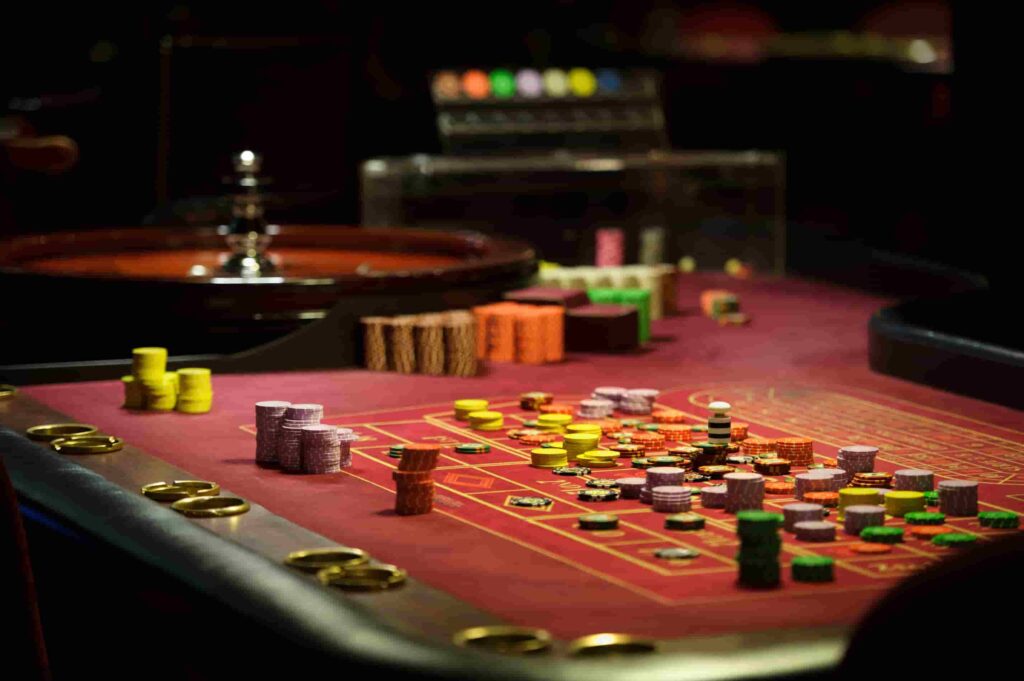Casinos have always relied on atmosphere to create excitement and keep players engaged. From the buzzing of slot machines to the flashing of neon lights, every detail is designed to capture attention and enhance the gambling experience. In the digital era, these design principles have been adapted to online platforms, where sound and light still play a crucial role in keeping players immersed. By understanding the psychology behind these features, players can better appreciate how casino game design works and why it is so effective at holding attention.
The Role of Sound in Engagement
Sound is one of the most powerful tools in casino design. Winning a game, even a small amount, is almost always accompanied by celebratory tones such as jingles, coin sounds, or upbeat melodies. These auditory cues create a sense of accomplishment, even when the actual payout is less than the original wager. Psychologists refer to this as a “loss disguised as a win,” where the brain perceives positive feedback despite a net loss. The reinforcement makes players feel good and encourages them to continue.
In fast-paced environments such as crypto betting platforms, sound takes on an even more important role. Transactions are instant, spins are rapid, and outcomes arrive within seconds. Without sound effects, the experience would feel flat and mechanical. With them, every action feels more dramatic and rewarding. Slot machines, for example, often include escalating sound sequences as the reels slow down, building suspense before the final outcome is revealed. This anticipation, amplified by audio cues, keeps players emotionally invested in every spin.
Sound also serves as a subtle time marker. Continuous background music and rhythmic effects create a sense of flow, making it easier for players to lose track of time. The lack of natural pauses in gameplay contributes to longer sessions, as the auditory environment keeps players in a state of immersion.
The Power of Light and Visual Effects
If sound stimulates the ears, light stimulates the eyes. Bright colors, flashing animations, and dynamic reel effects are central to casino game design. Online slots and digital table games use vivid imagery to highlight wins, near misses, or bonus features, ensuring that players are constantly drawn to the screen. Light is not just decorative—it is a psychological motivator.
The human brain is highly responsive to visual stimuli. Bright flashes trigger alertness, while glowing animations signal reward. When combined with sound, these visual effects form a multisensory experience that magnifies emotional responses. For instance, when a player activates a bonus round, the screen may light up with celebratory animations while triumphant music plays. This pairing ensures that the moment feels significant, regardless of the actual payout.
Another important visual tactic is the use of near misses. When reels display two jackpot symbols with the third just slightly off, the game often highlights the outcome with flashing lights or animations. These cues trick the brain into perceiving the result as progress rather than failure, motivating players to try again. The visual emphasis on near misses is a deliberate design choice that makes losses feel less discouraging.
In addition, modern online platforms have embraced themed designs that immerse players in fantasy worlds. From ancient temples to futuristic cities, the combination of detailed graphics and dynamic lighting effects makes games more than just gambling—they become entertainment experiences. These immersive visuals appeal particularly to younger generations who expect video game-level production in their entertainment.

Balancing Excitement and Responsibility
While sound and light are effective in creating excitement, they also present challenges in terms of responsible gambling. By amplifying every small win or near miss, these cues can encourage longer play sessions and greater spending. This is why regulators in many jurisdictions now require operators to implement safeguards, such as clear payout information and optional reminders for players to take breaks.
For players, awareness is key. Recognizing that the flashing lights and celebratory sounds are designed to manipulate emotions helps maintain perspective. Setting clear time and budget limits before starting a session can prevent overstimulation from leading to overspending. Online platforms often provide tools such as deposit caps, time alerts, and self-exclusion options, which work in tandem with responsible gambling education to counterbalance the persuasive effects of sound and light.
In some cases, developers are experimenting with more neutral feedback for losses to reduce the risk of addiction. Instead of treating small wins or near misses with the same celebratory fanfare as larger payouts, these designs aim to give players a clearer sense of their actual results. Such measures show that while sound and light are powerful engagement tools, they can also be adapted to support healthier play habits.
Conclusion
The psychology of sound and light in casino game design demonstrates how entertainment and behavioral science intersect. Every chime, flash, and animation is carefully chosen to create an immersive environment that keeps players engaged. These sensory cues heighten anticipation, magnify emotions, and make even small outcomes feel rewarding.
In the context of crypto betting and other fast-paced online platforms, these design elements are more important than ever, ensuring that digital gambling feels just as engaging as traditional casinos. However, with this immersive design comes responsibility—for both operators and players. By understanding how sound and light influence behavior, players can enjoy the excitement of online casinos while staying in control. Ultimately, awareness is the best tool for turning these design elements from potential traps into sources of entertainment.